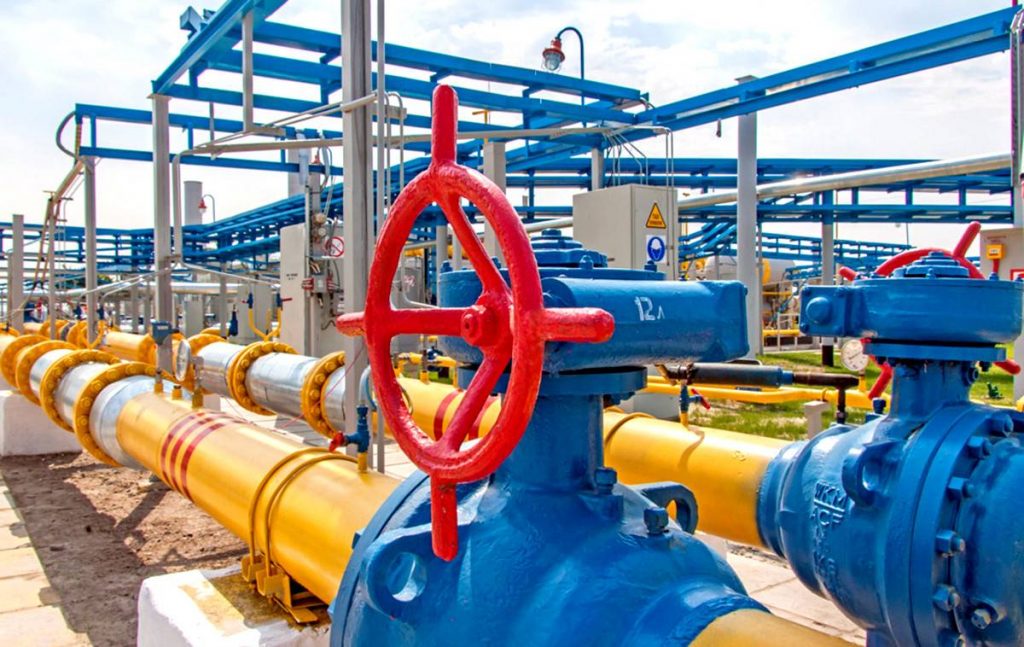IEA: Statement on recent developments in natural gas and electricity markets

Current statistics on gas prices in Europe from the International Energy Agency, as well as why green energy is not the cause, but the way to solve the market’s problem. The dynamics of the world gas market will significantly affect tariffs in Ukraine.
International Energy Agency issued a statement on the situation with the gas and electricity markets. Among the main reasons:
- a strong recovery in demand and tighter-than-expected supply;
- several weather-related factors (зinclude a particularly cold and long heating season in Europe last winter, and lower-than-usual availability of wind energy in recent weeks).
Why is it pointless to blame green energy? — expert opinion.
Recent increases in global natural gas prices are the result of multiple factors, and it is inaccurate and misleading to lay the responsibility at the door of the clean energy transition
IEA Executive Director Fatih Birol
He stressed that today’s situation is a reminder to governments, especially as we seek to accelerate clean energy transitions, of the importance of secure and affordable energy supplies – particularly for the most vulnerable people in our societies. That’s why, well-managed clean energy transitions are a solution to the issues that we are seeing in gas and electricity markets today – not the cause of them.
A few details
- Demand and supply. European prices also reflect broader global gas market dynamics. There were strong cold spells in East Asia and North America in the first quarter of 2021. They were followed by heatwaves in Asia and drought in various regions, including Brazil. In Asia, gas demand has remained strong throughout the year, primarily driven by China, but also by Japan and Korea.
- Supply side. A liquefied natural gas (LNG) production worldwide has been lower than expected due to a series of unplanned outages and delays across the globe and delayed maintenance from 2020.
Going forward, the European gas market could well face further stress tests from:
- unplanned outages and sharp cold spells, especially if they occur late in the winter;
- well below their five-year average gas storage levels in Europe.
Based on the available information, Russia is fulfilling its long-term contracts with European counterparts – but its exports to Europe are down from their 2019 level.
The cost of electricity
European electricity prices have climbed to their highest levels in over a decade in recent weeks, rising above 100 euros per megawatt-hour in many markets. In Germany and Spain, for example, prices in September have been around three or four times the averages seen in 2019 and 2020. This increase has been driven by the surge in gas, coal, and carbon prices in Europe. The strong rise in gas prices led electricity providers in a number of European markets to switch from gas to coal for power generation – a trend that would have been more pronounced if it had not been for the increase in the price of carbon emission allowances on the European market.
The links between electricity and gas markets are not going to go away anytime soon. Gas remains an important tool for balancing electricity markets in many regions today. As clean energy transitions advance on a path towards net-zero emissions, global gas demand will start to decline, but it will remain an important component of electricity security. This is especially the case in countries with large seasonal variations in electricity demand.
Source: International Energy Agency/ Image: Ukrinform.ua


